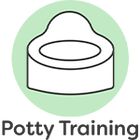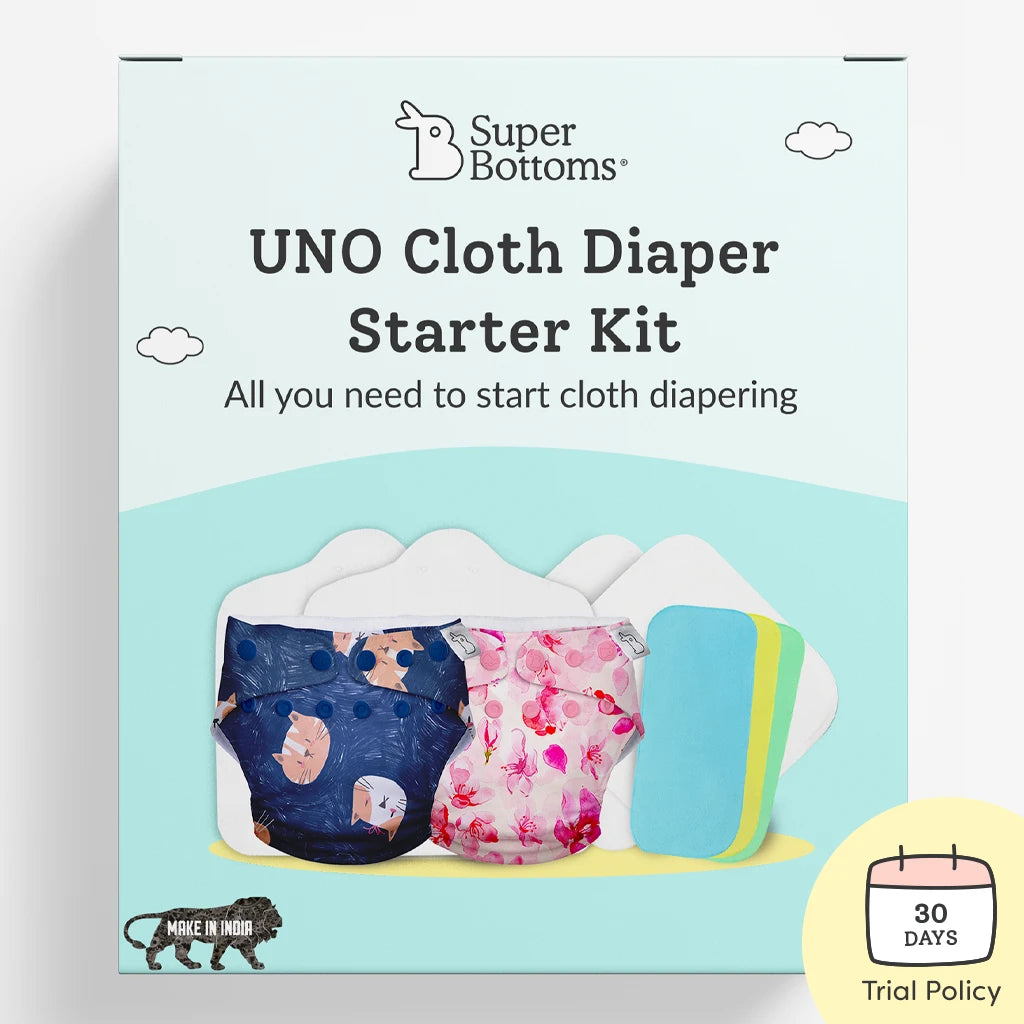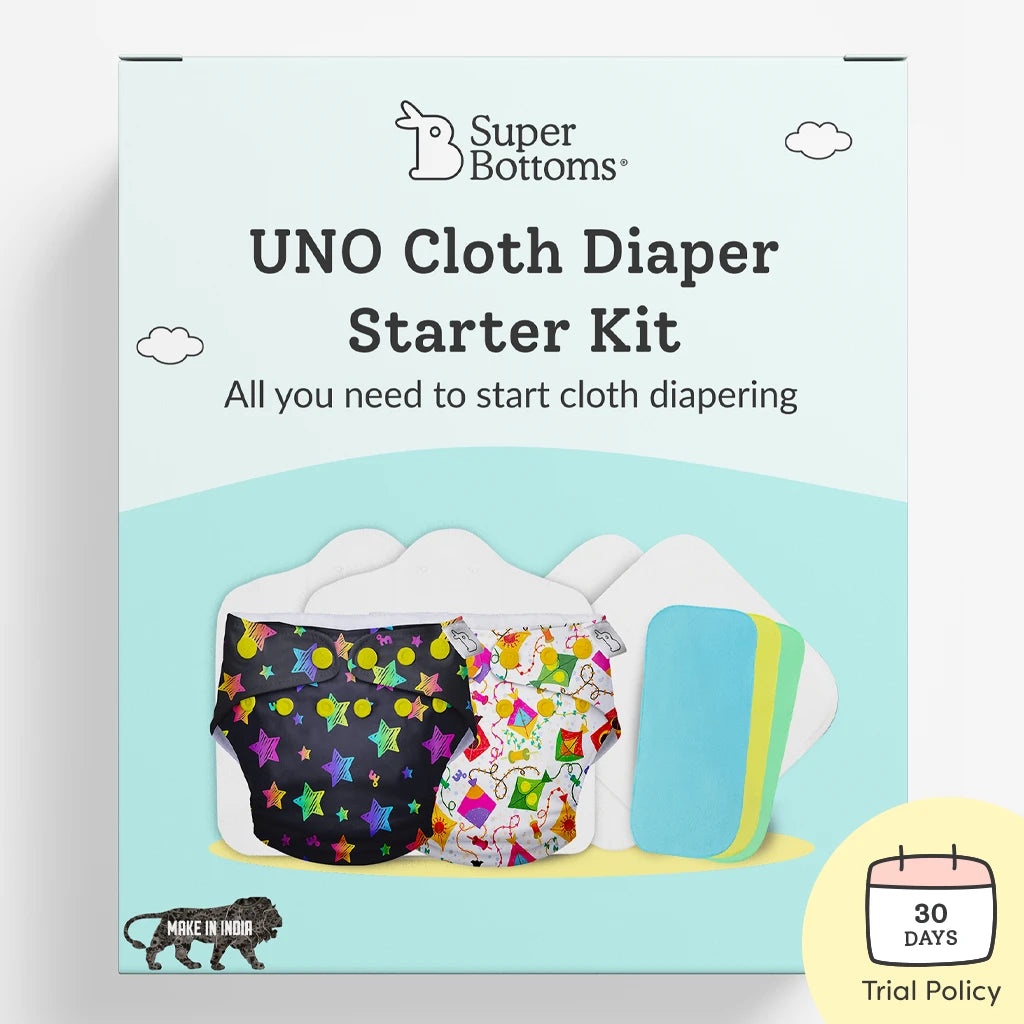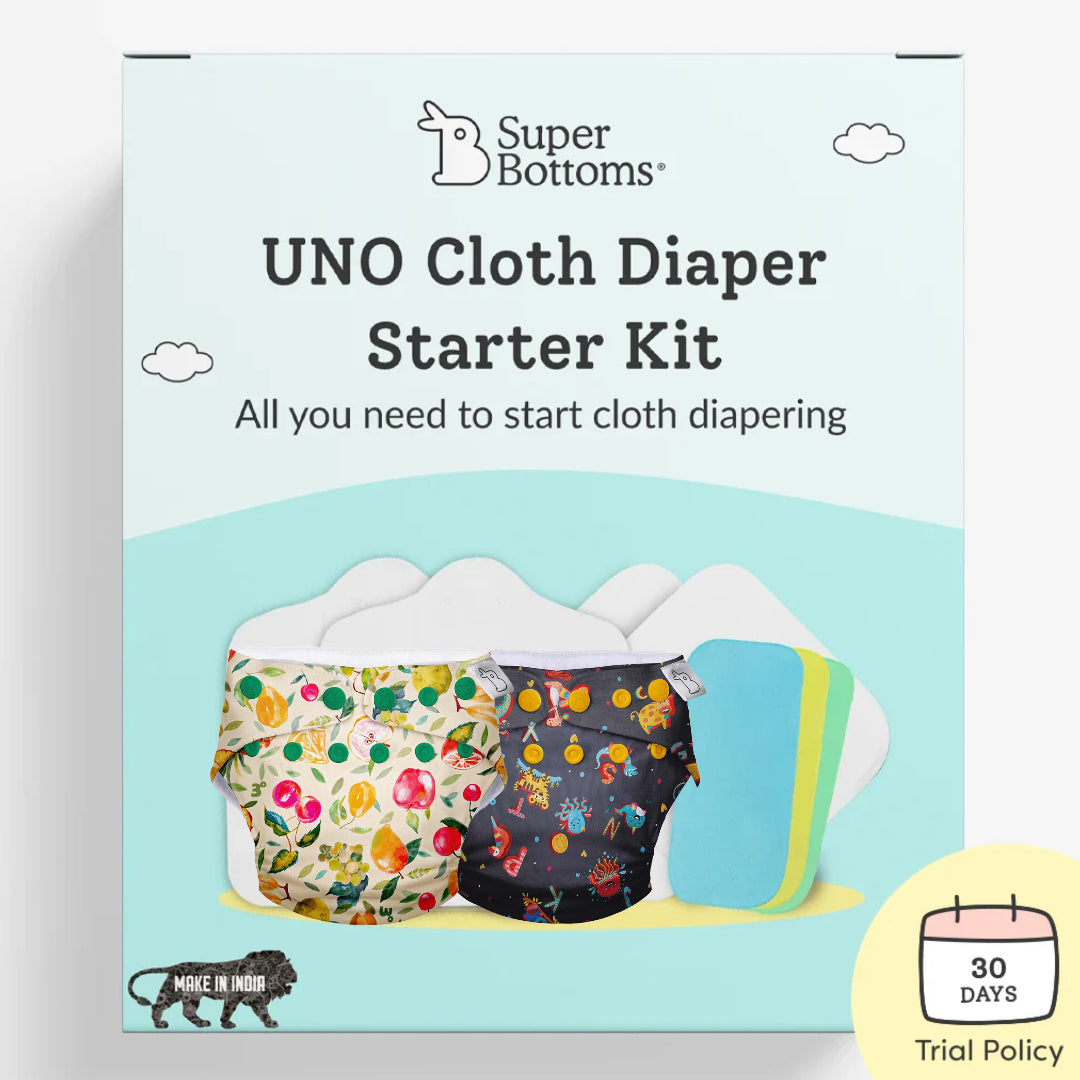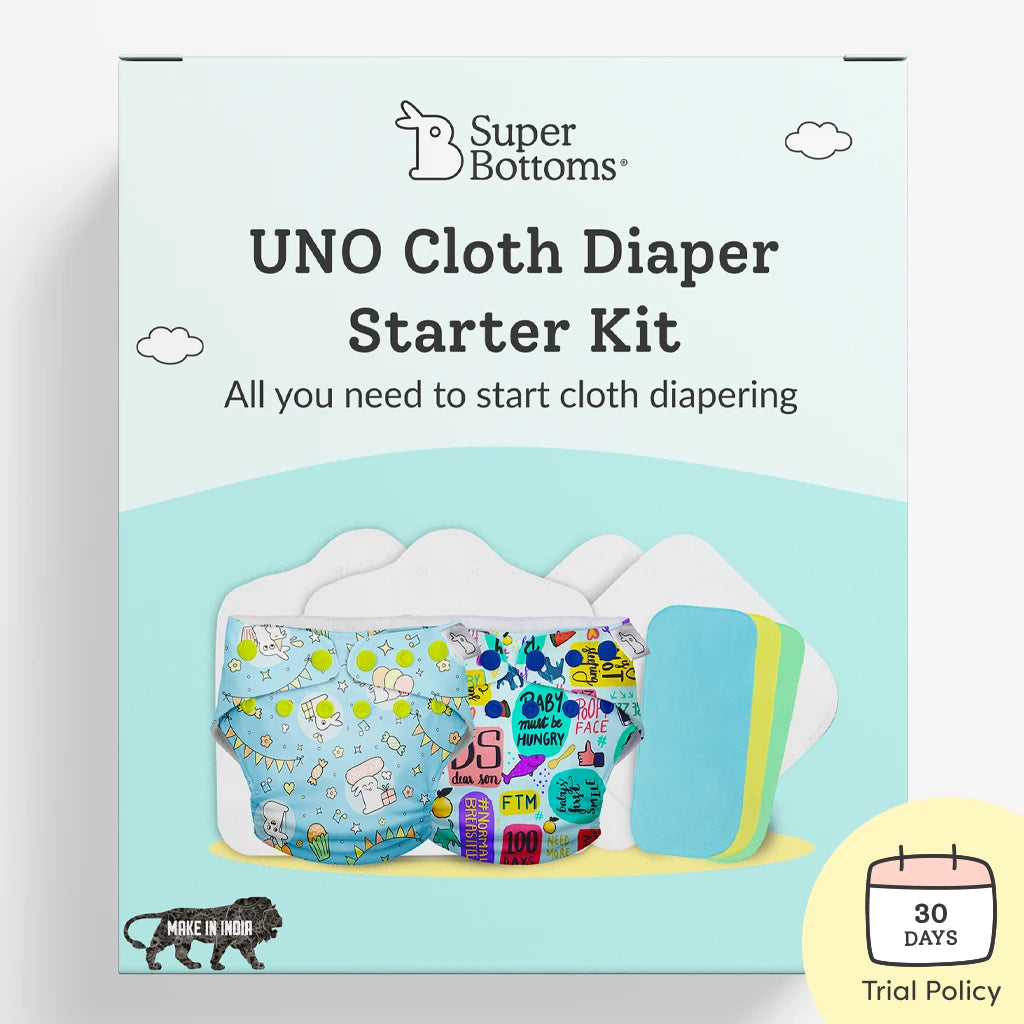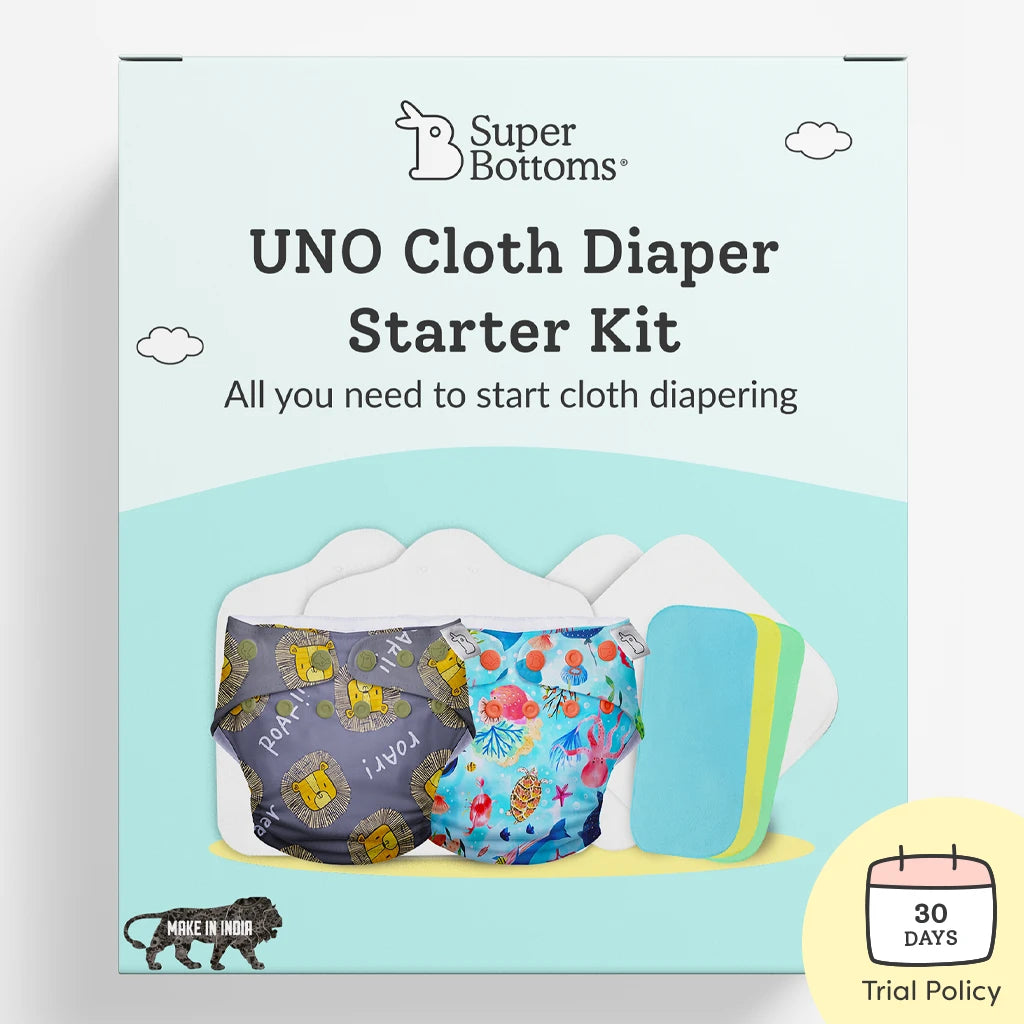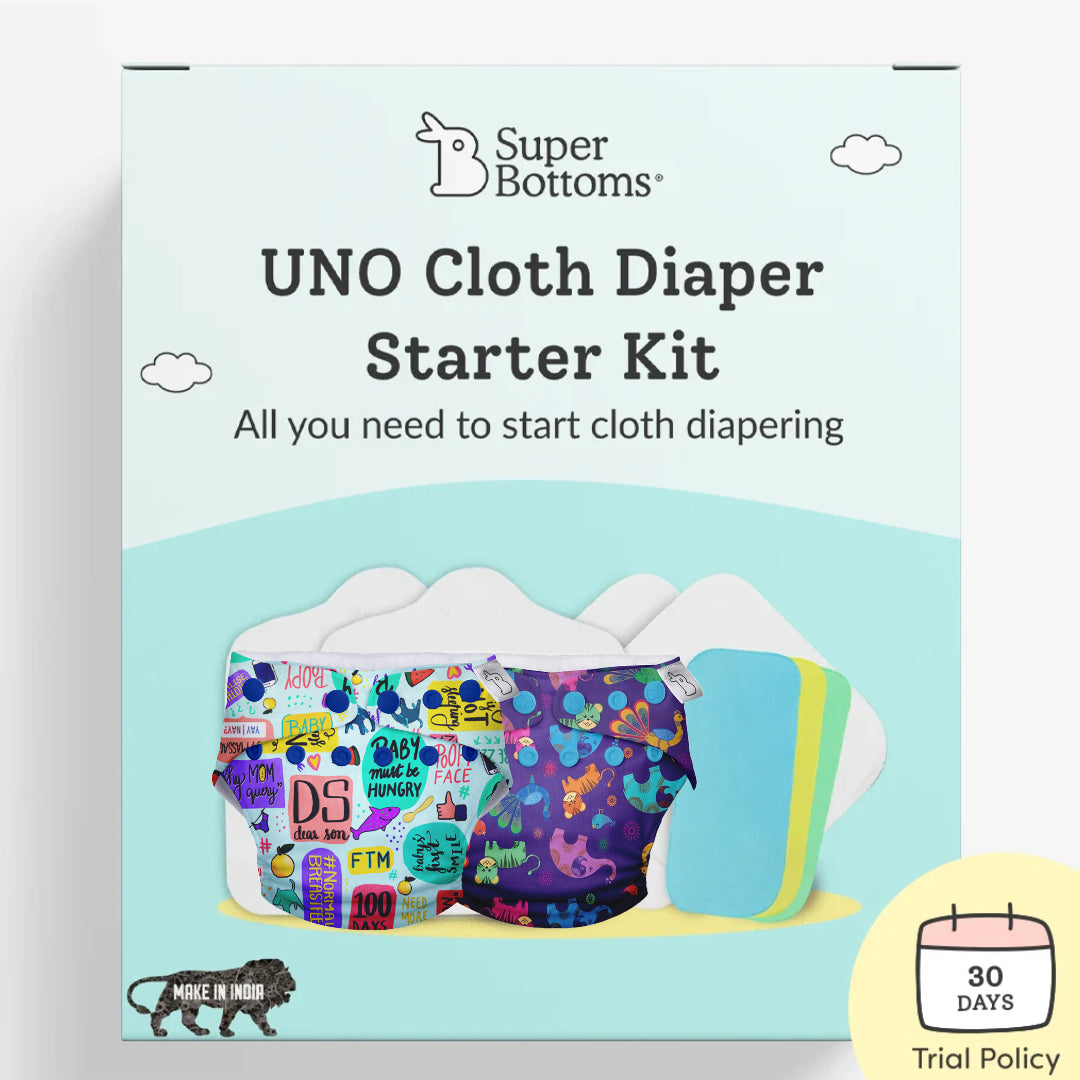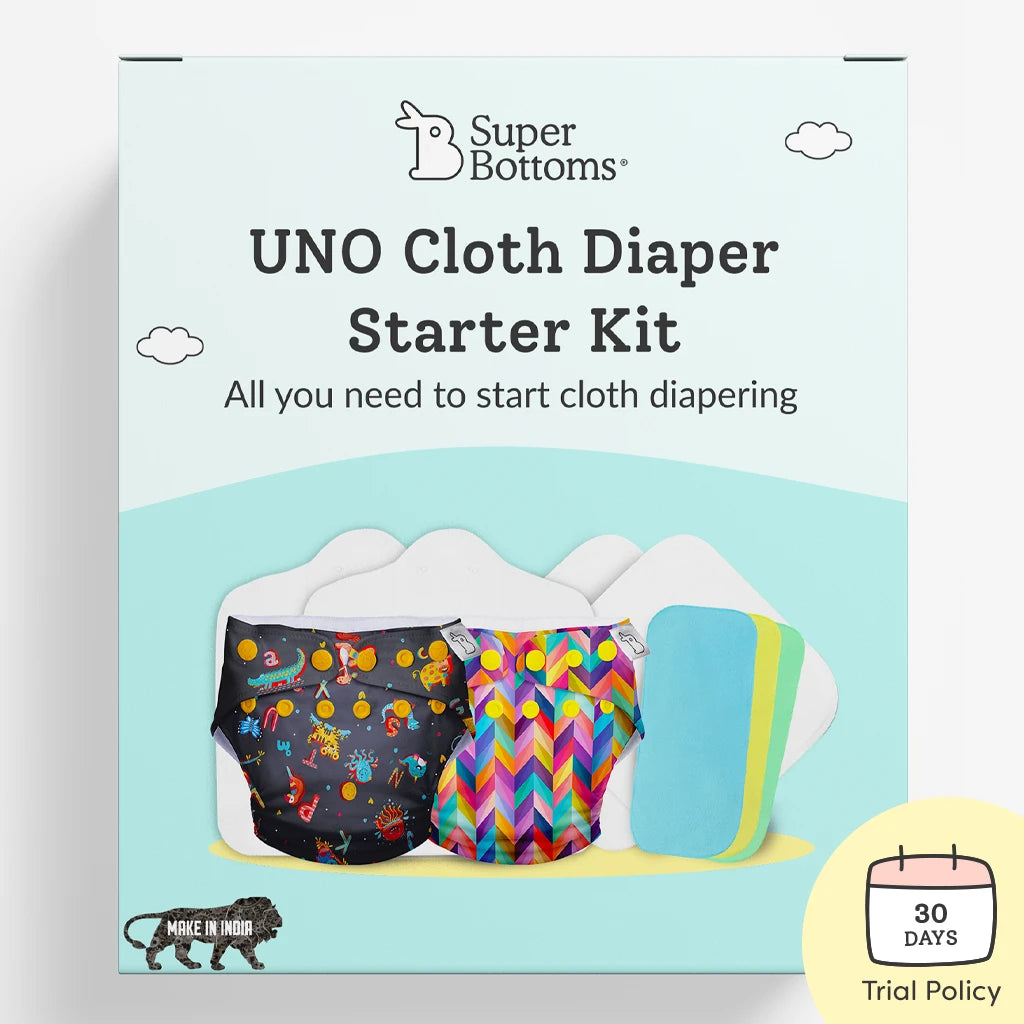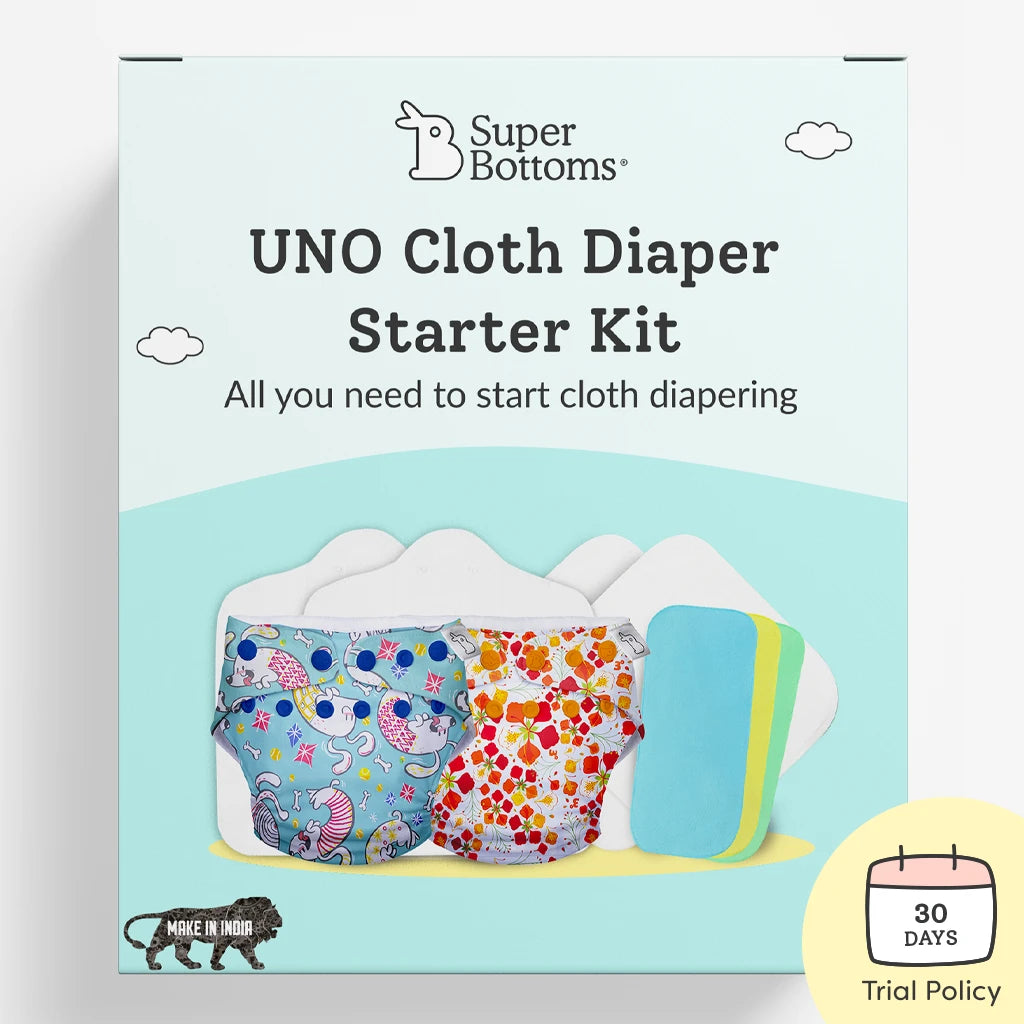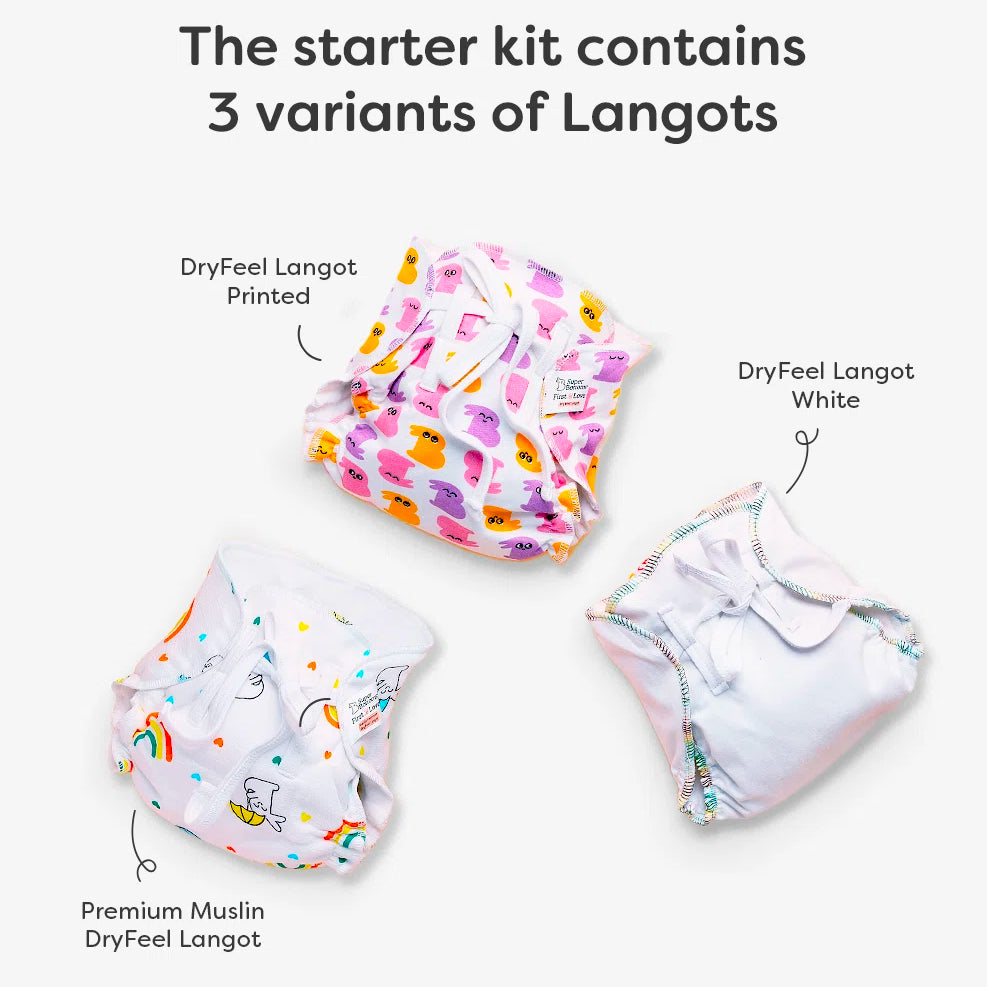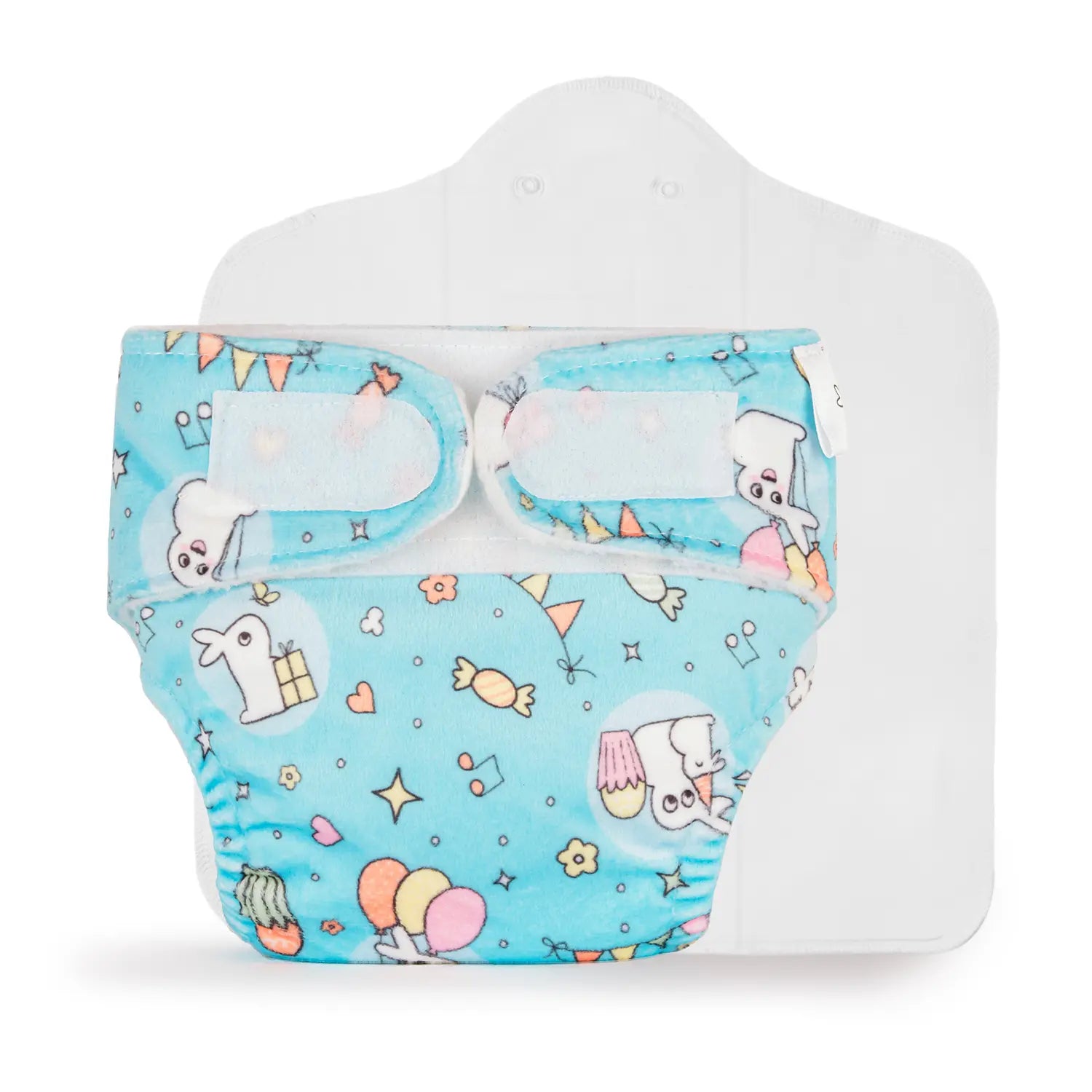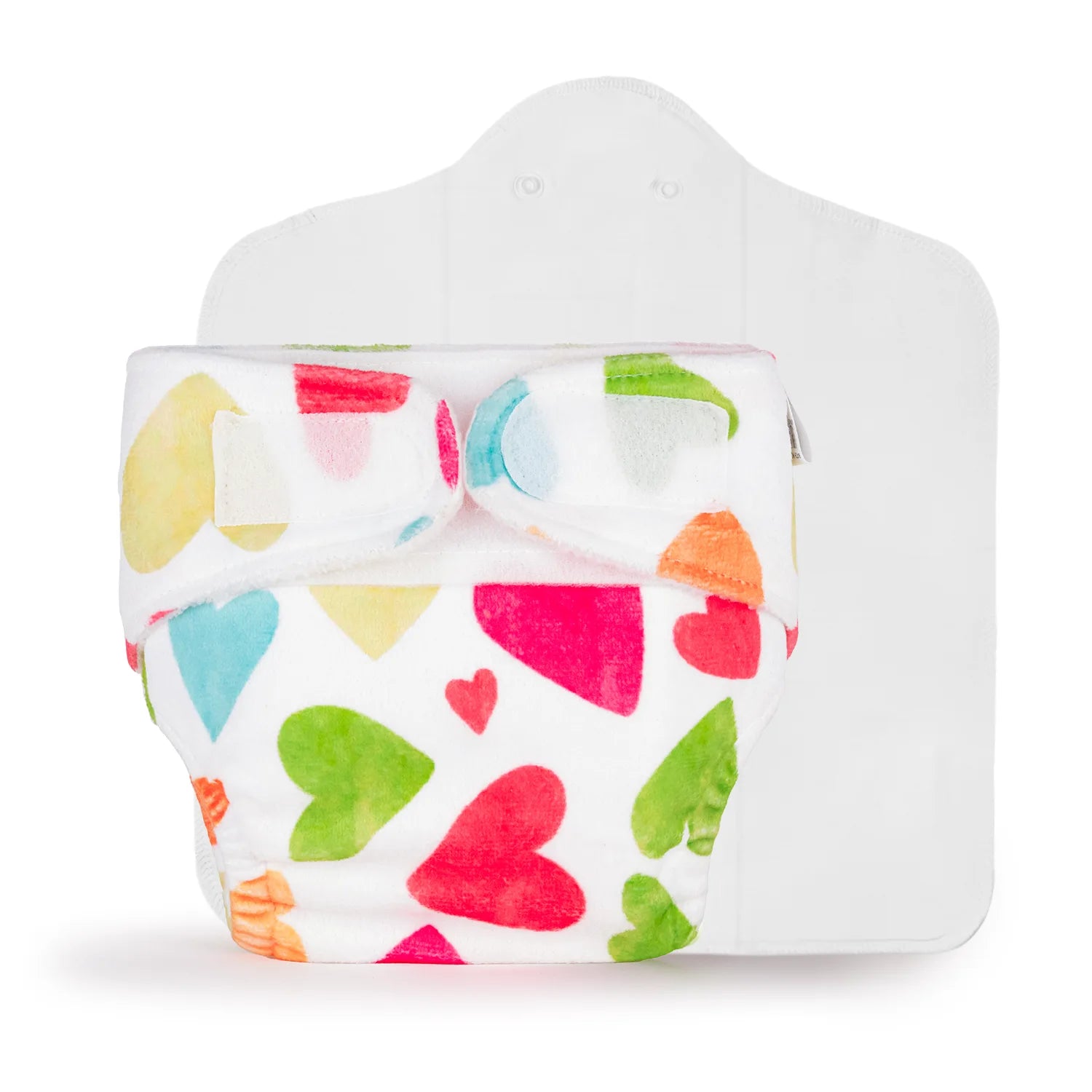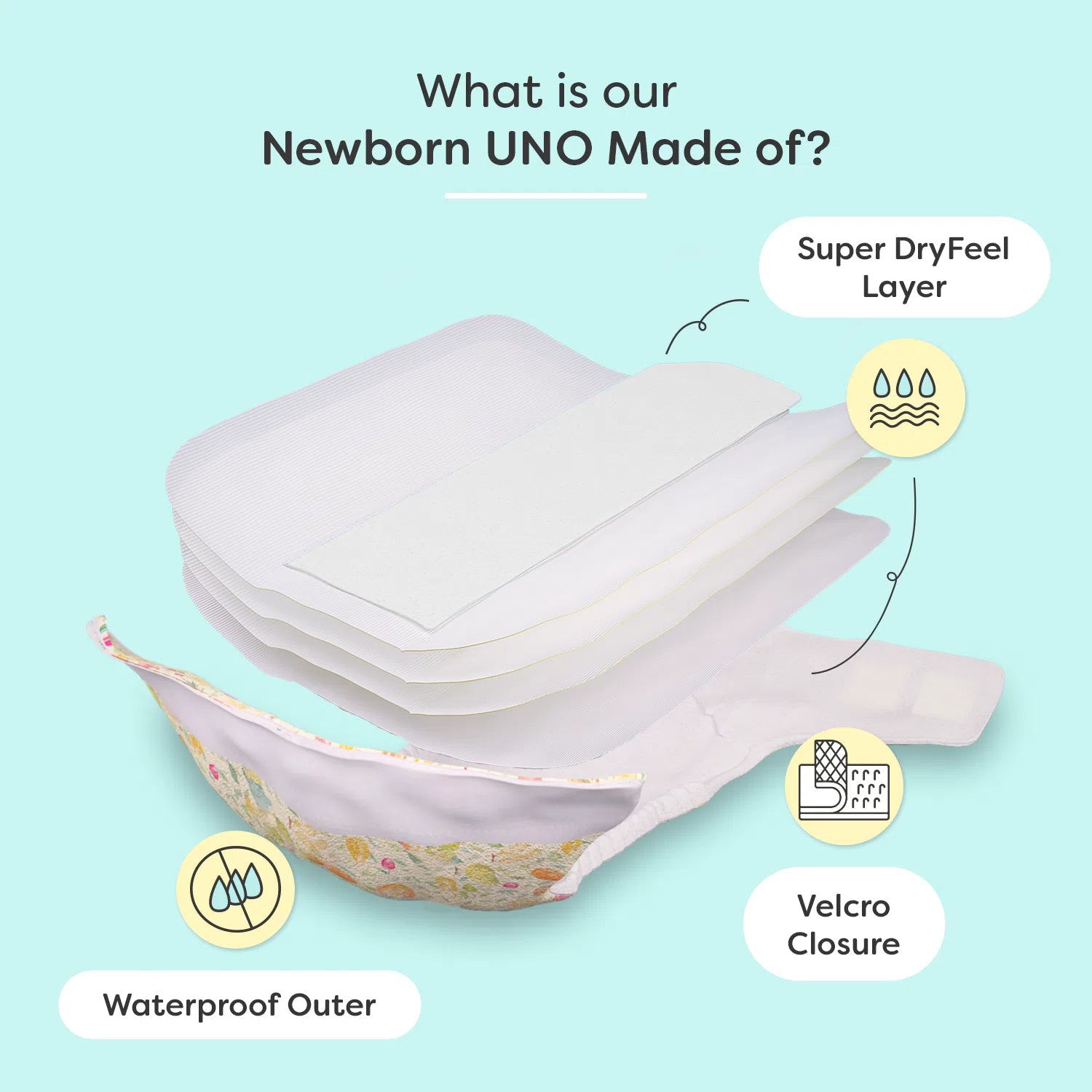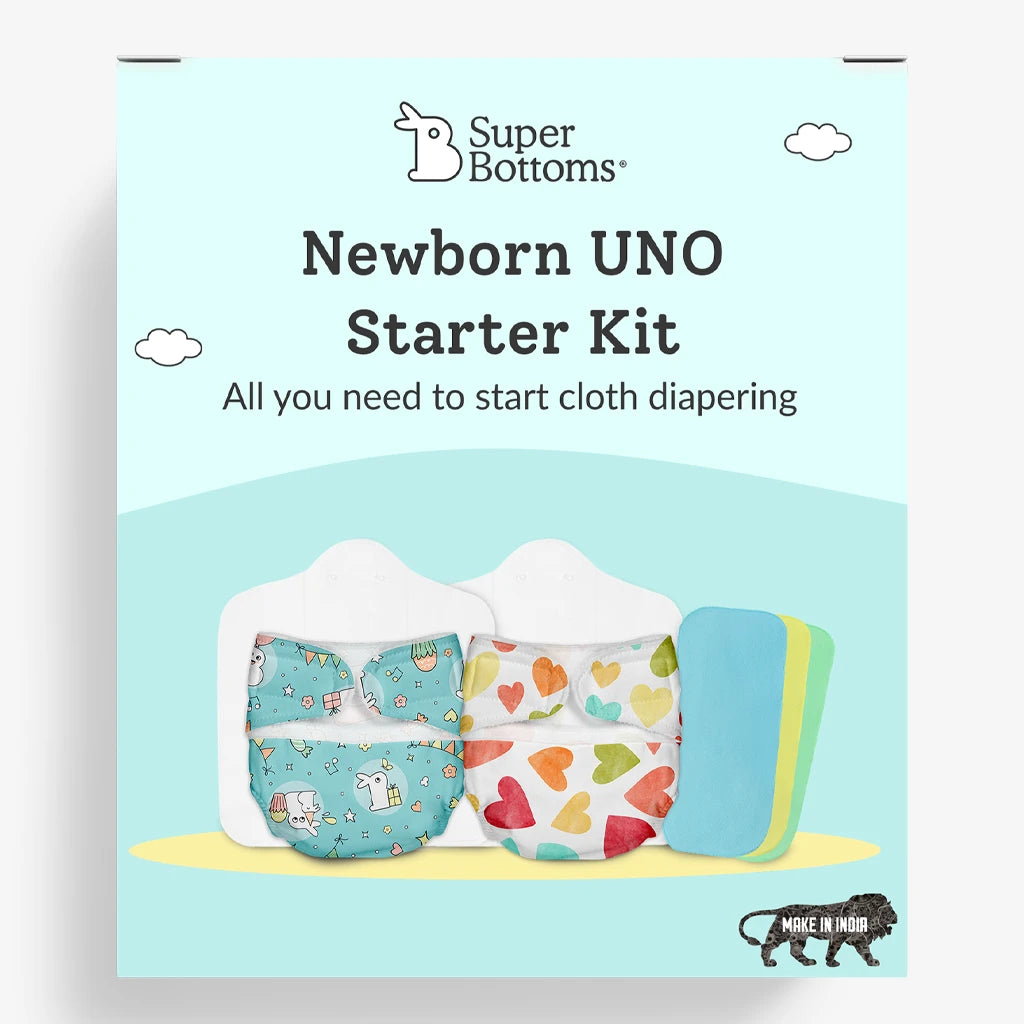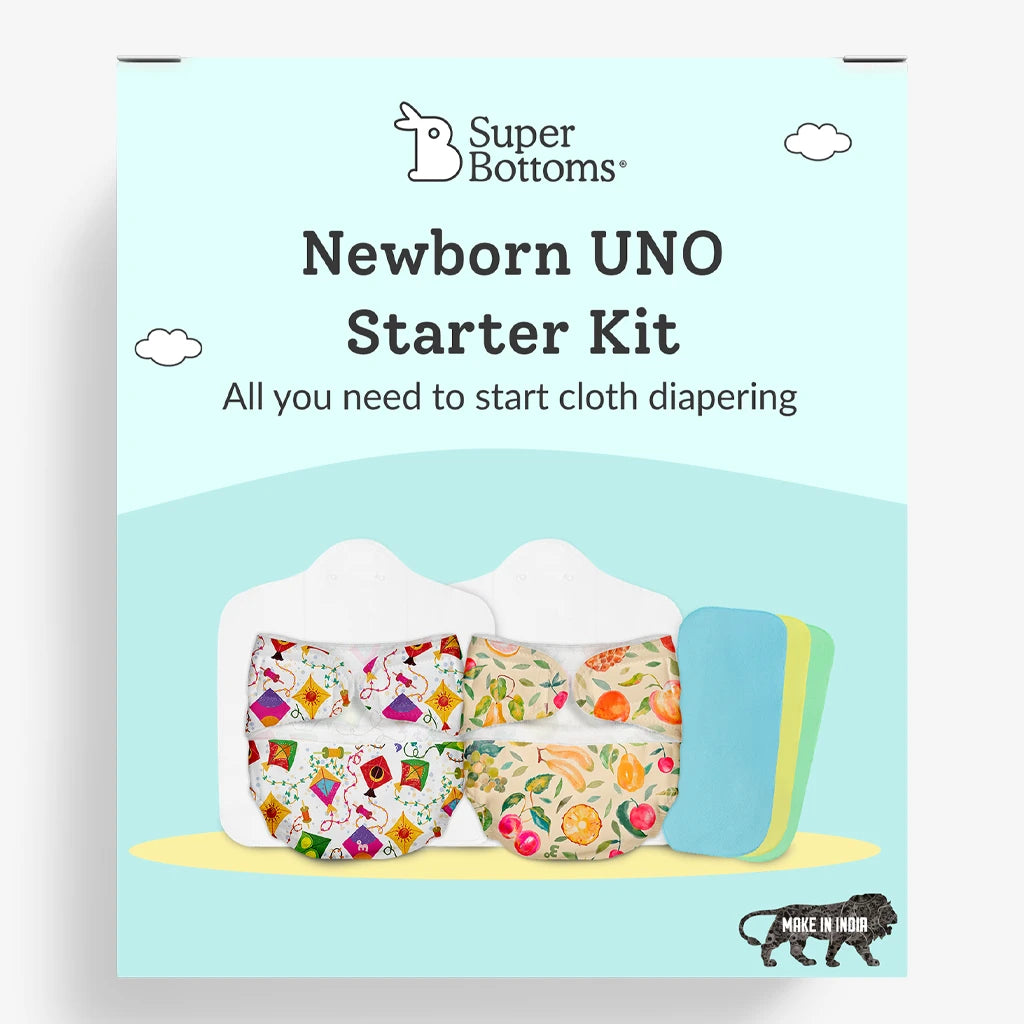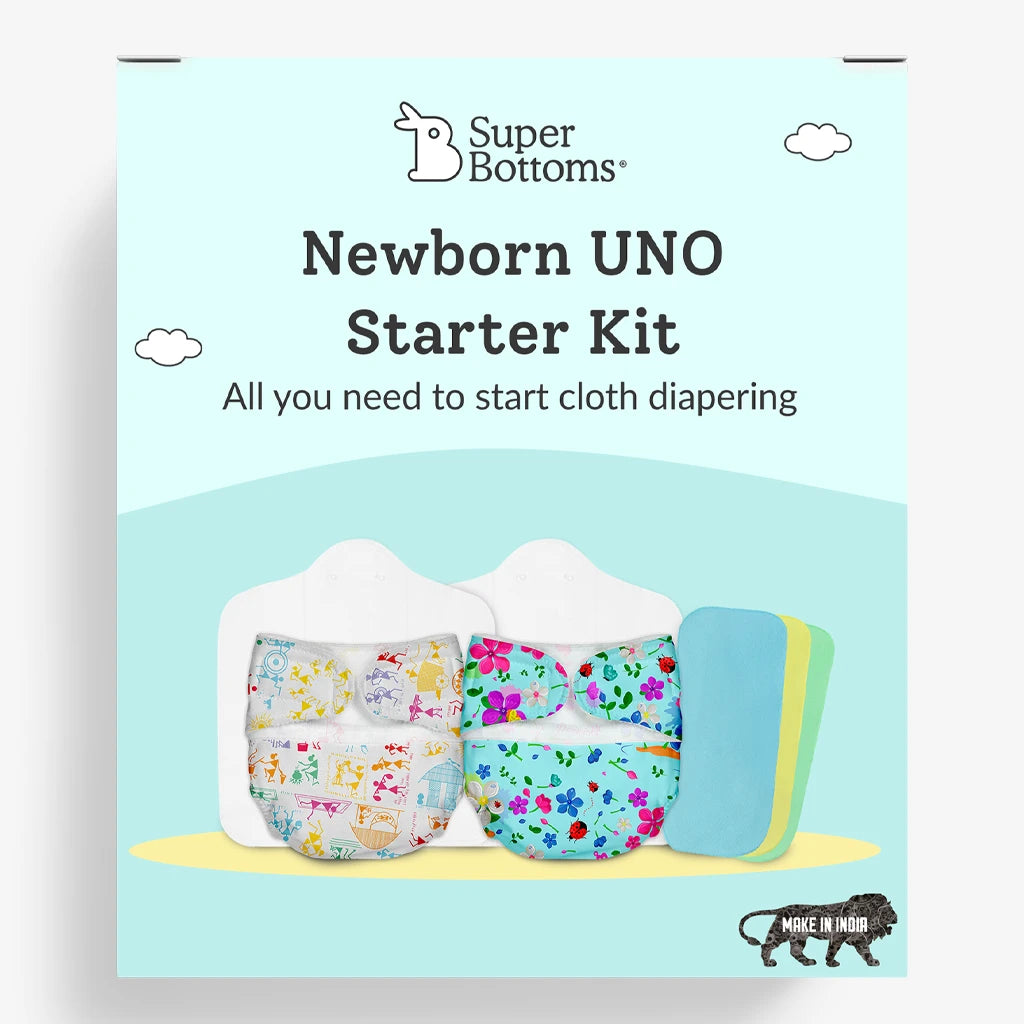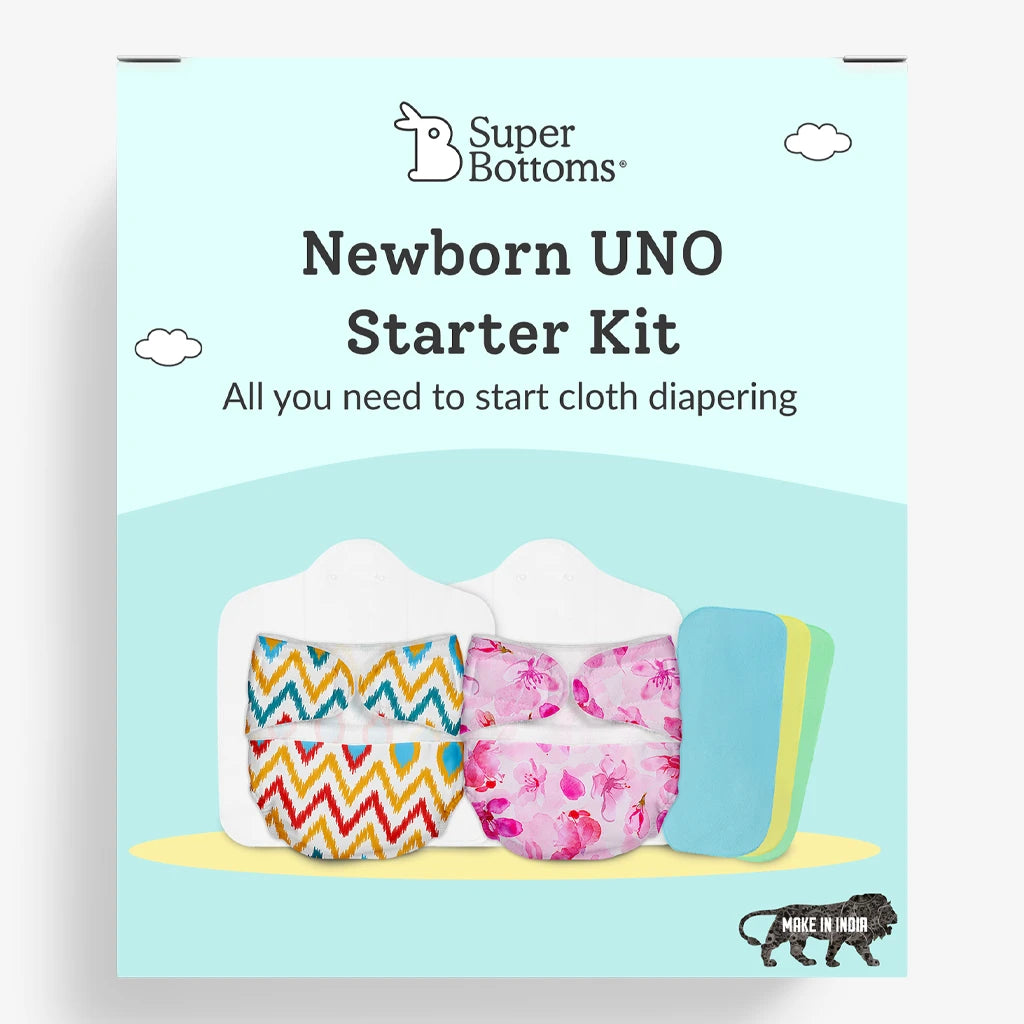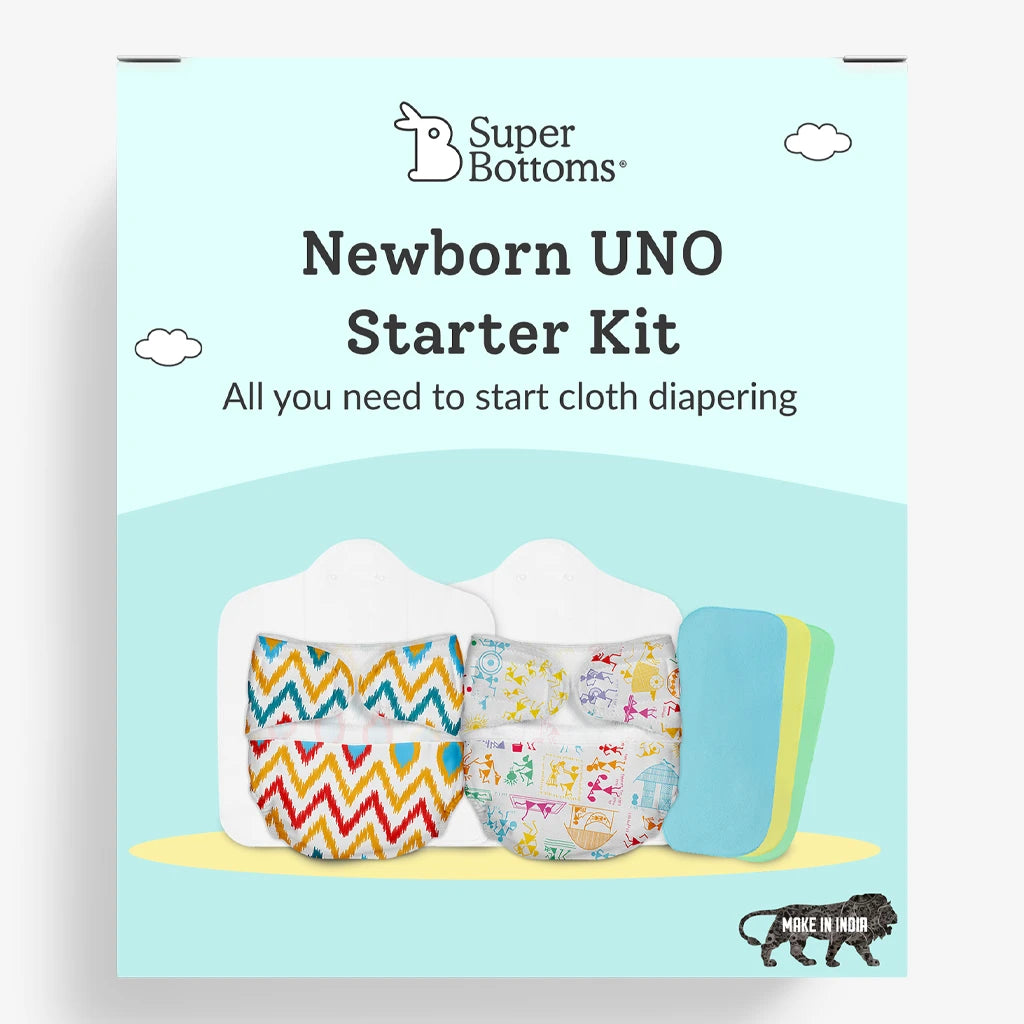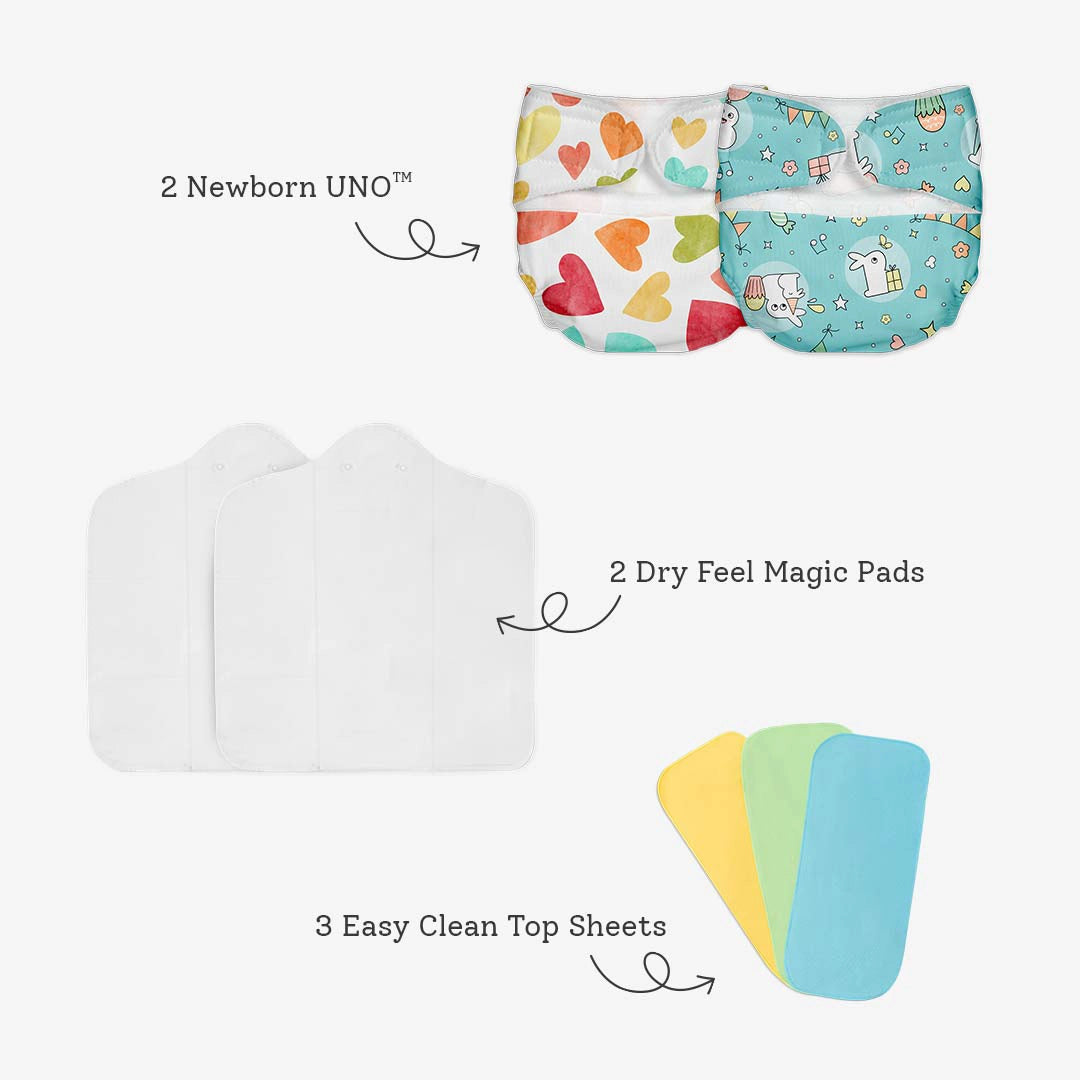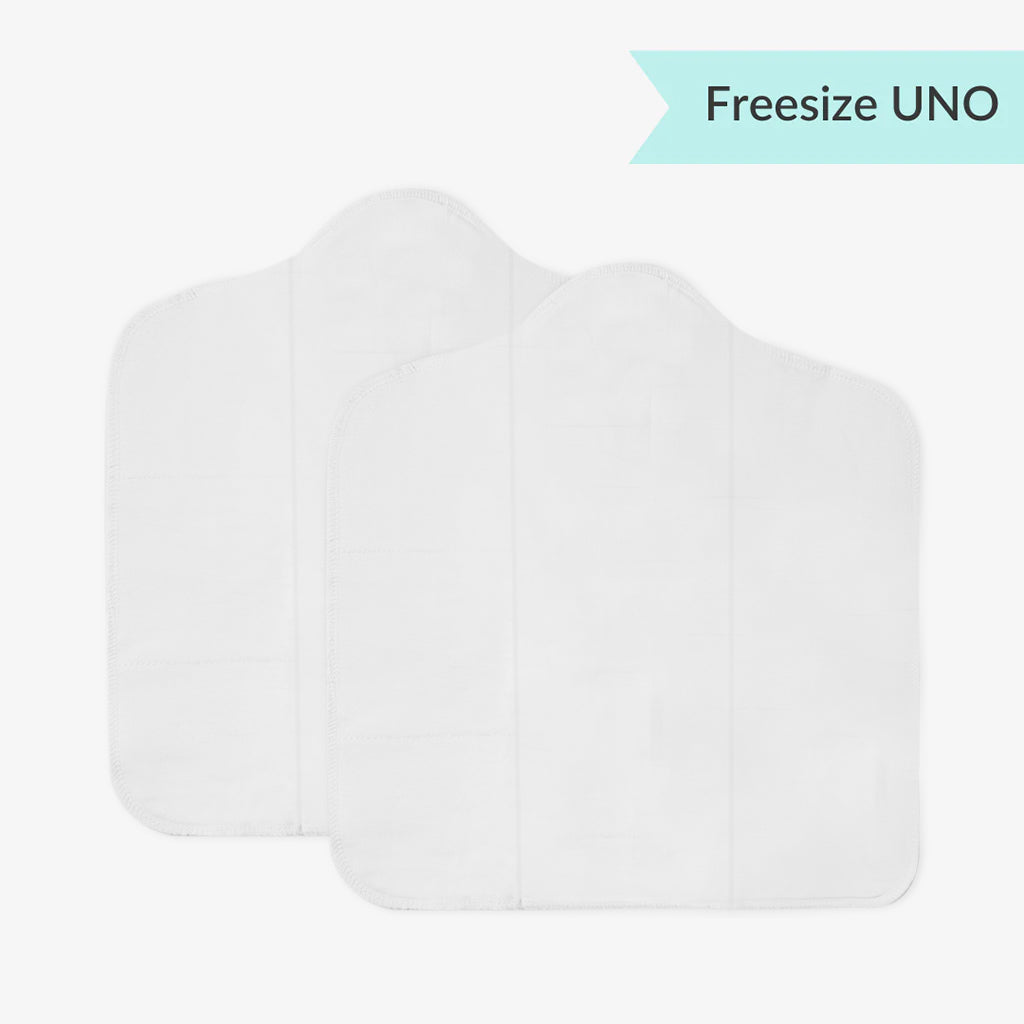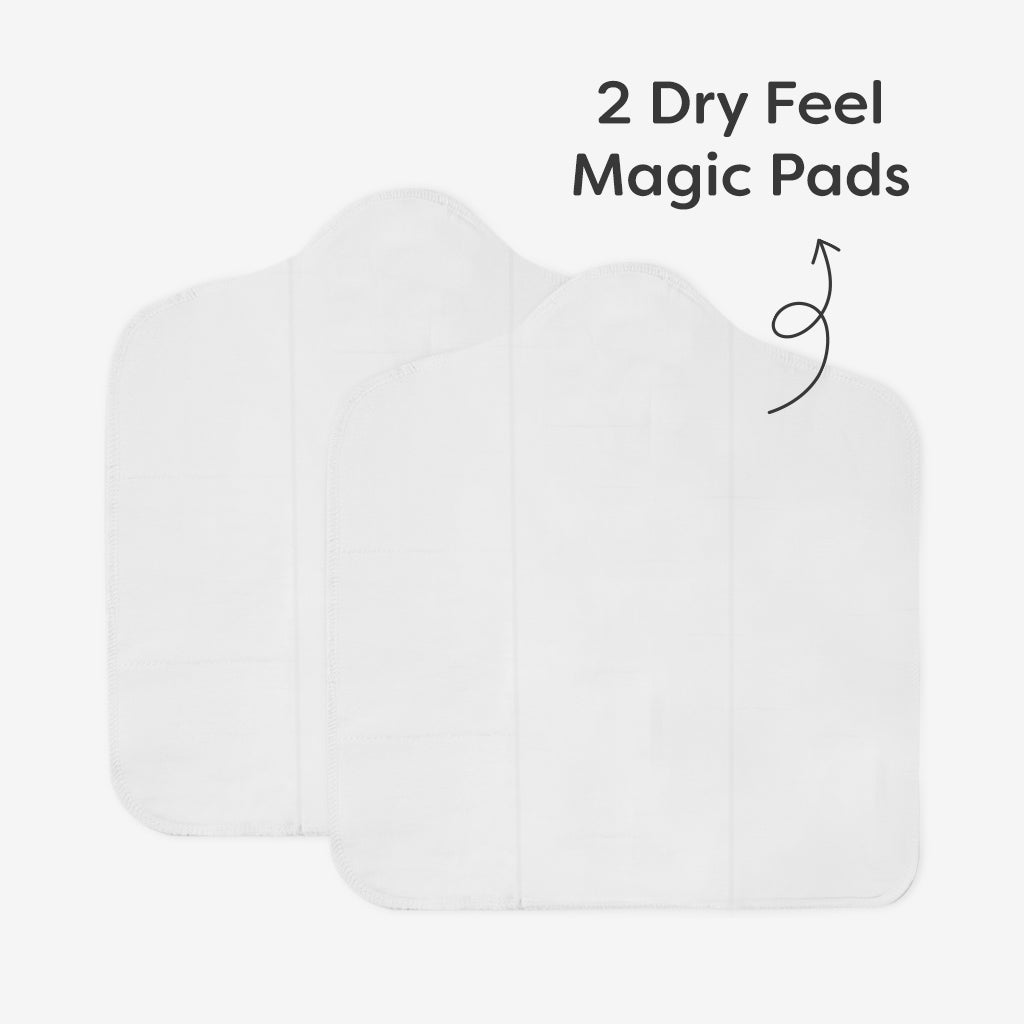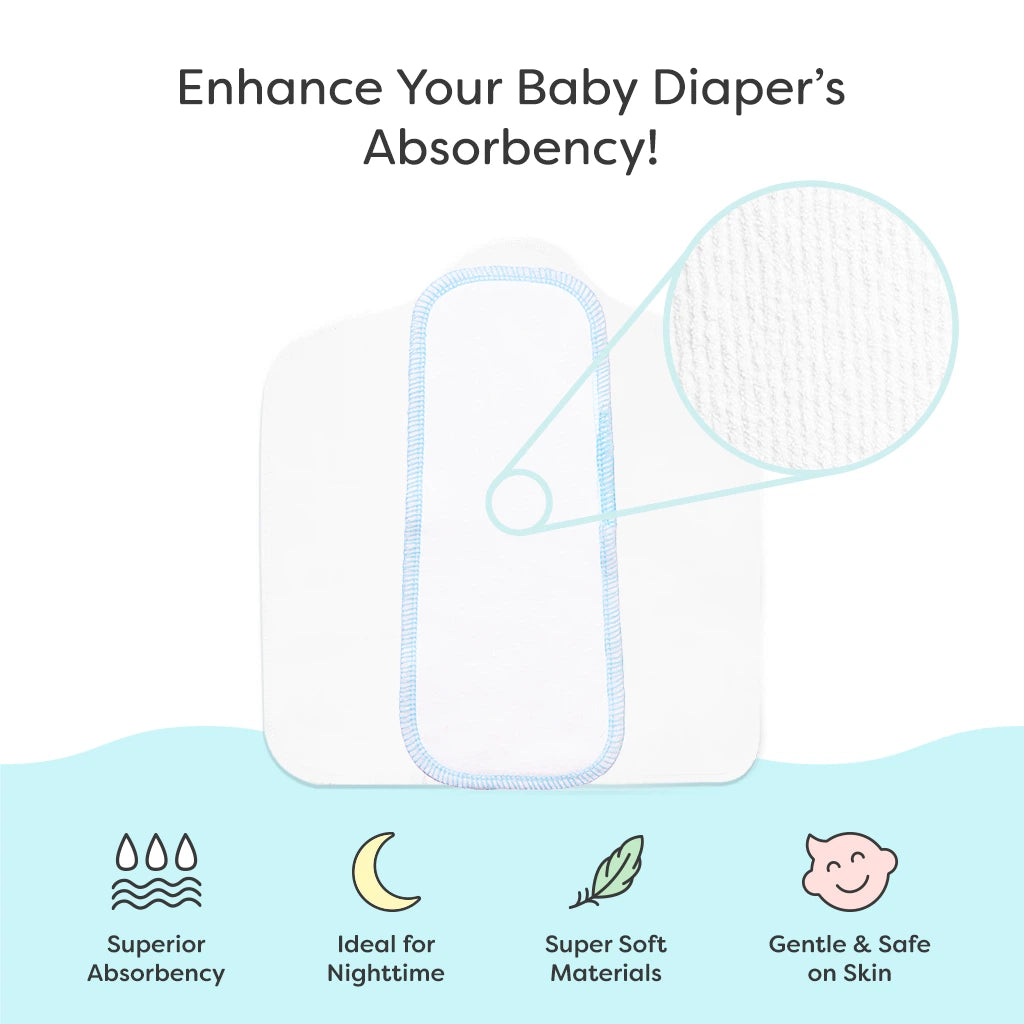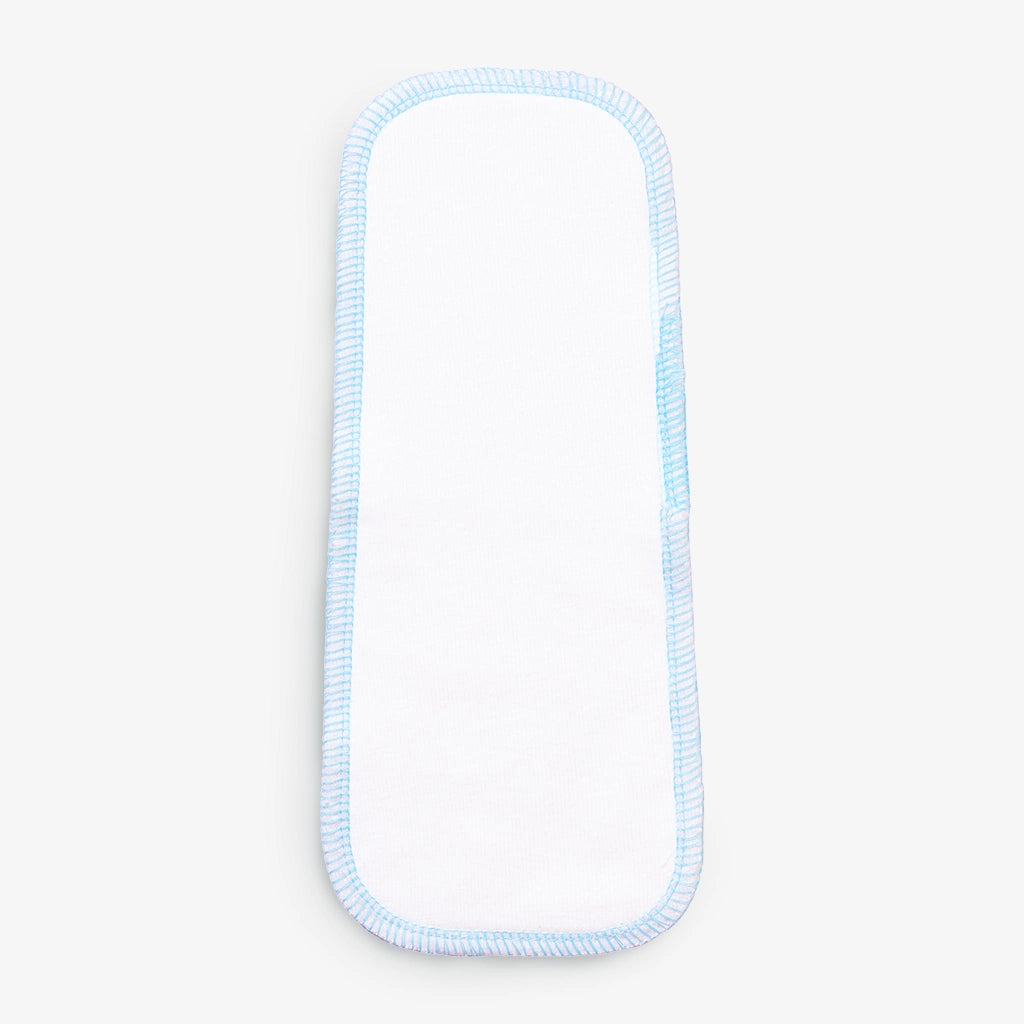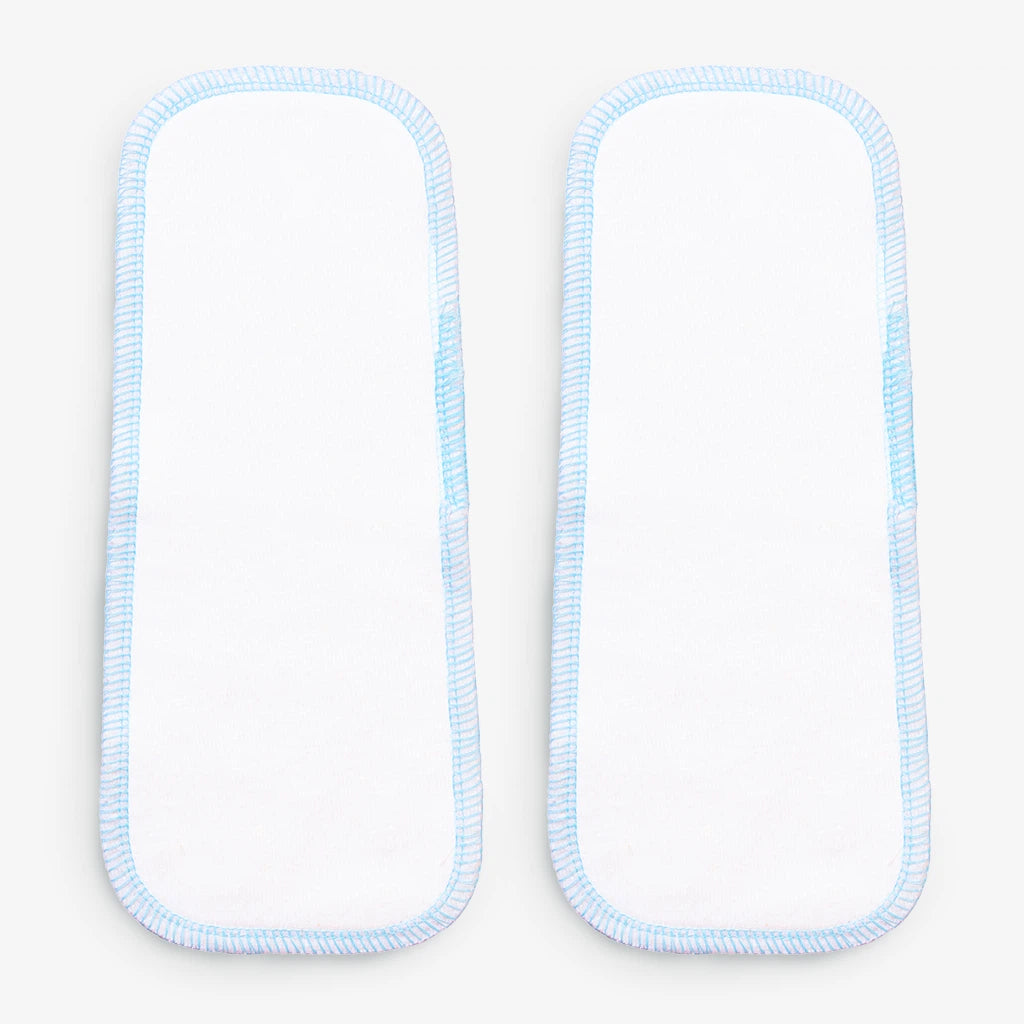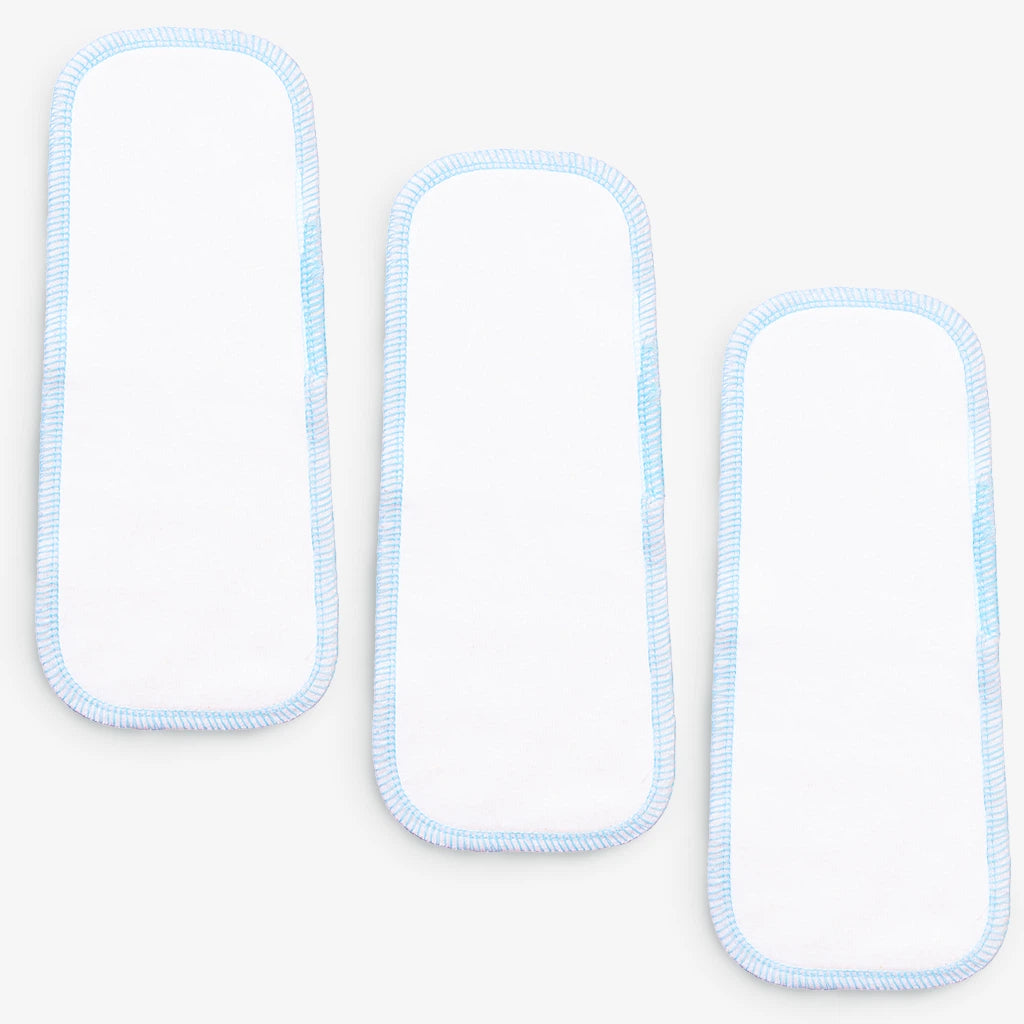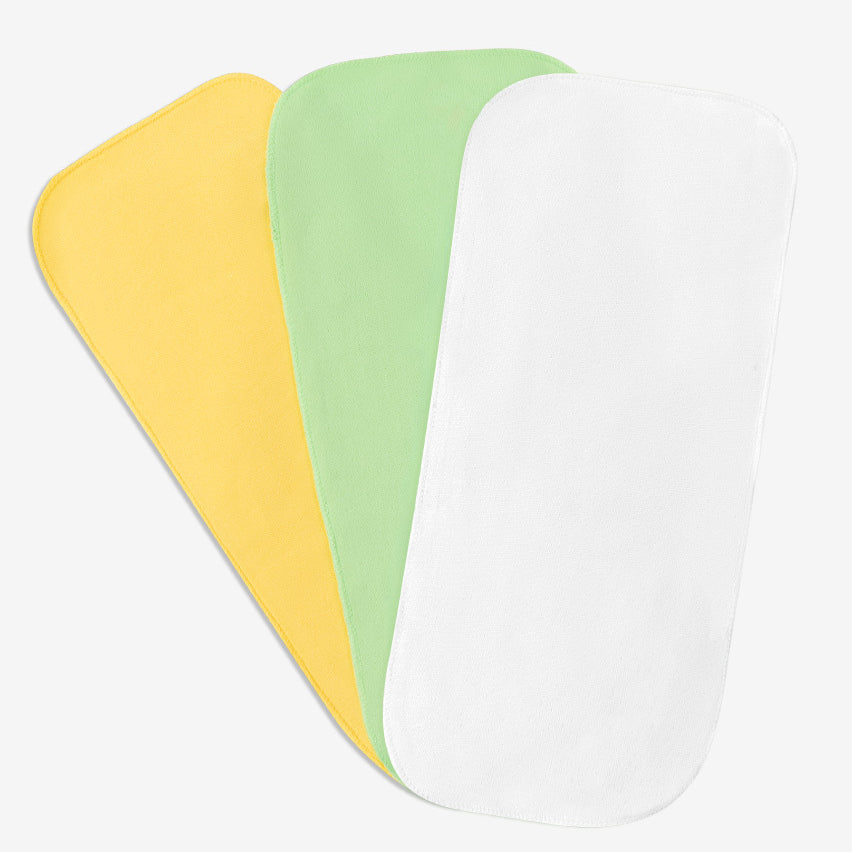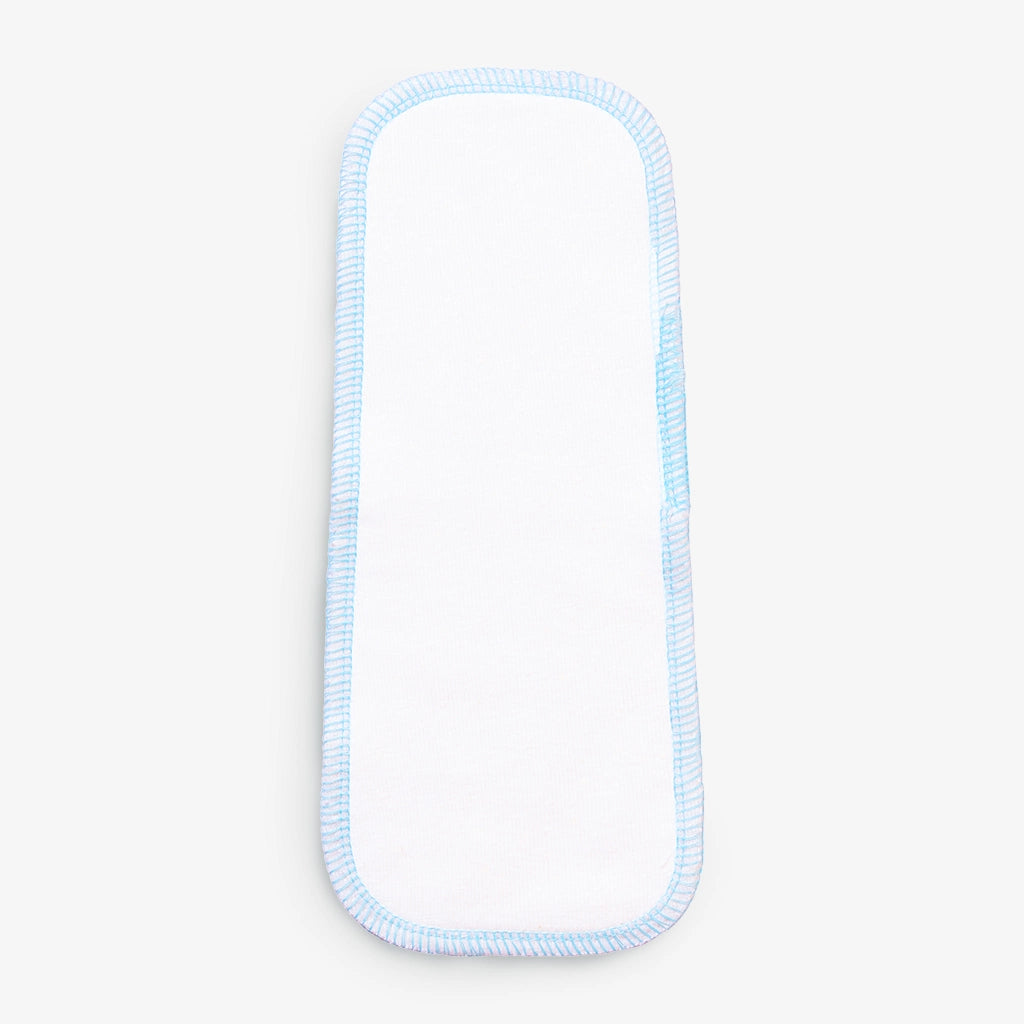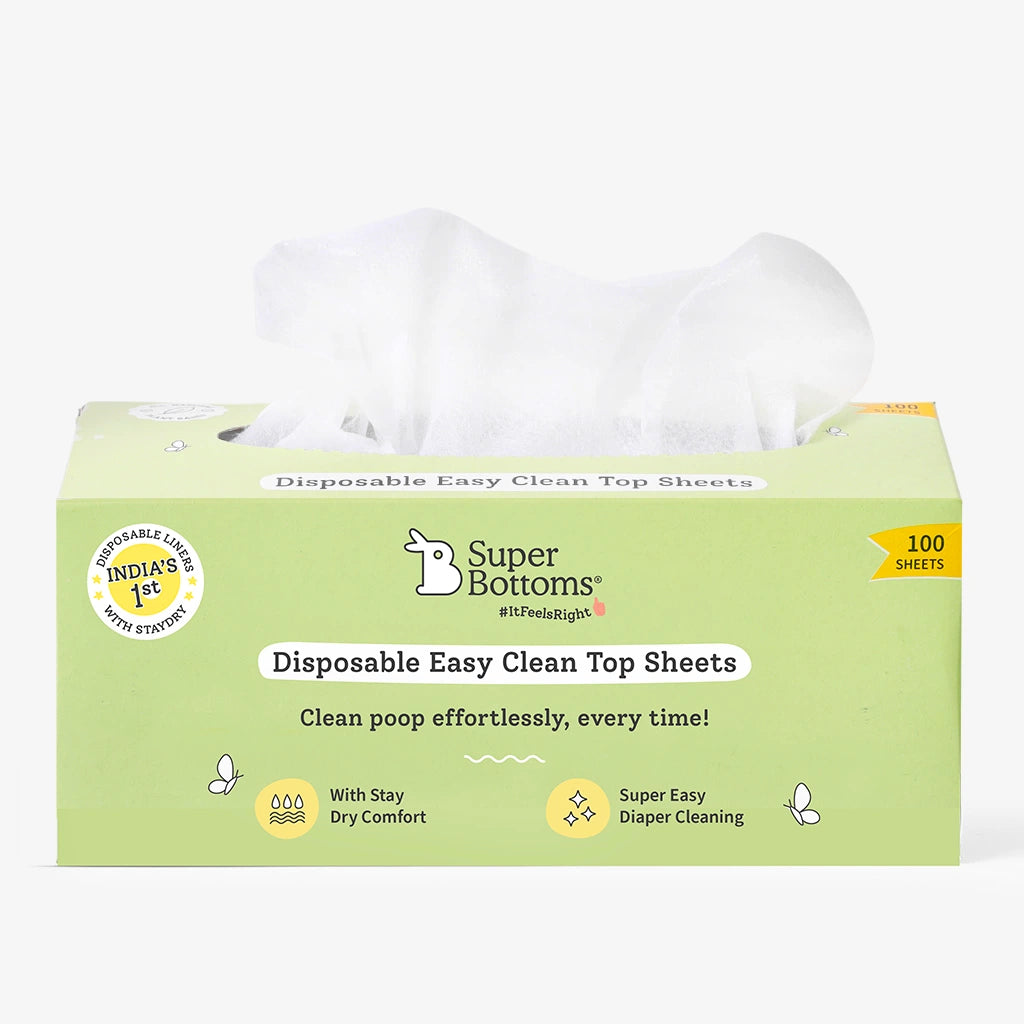- Introduction
- Understanding Postpartum Hemorrhage
- Postpartum Hemorrhage Symptoms
- Prevention of Postpartum Hemorrhage
- Postpartum Hemorrhage Treatment
- Key Takeaways
- FAQs
- Message from SuperBottoms
Postpartum hemorrhage (PPH), or excessive bleeding after childbirth, is a severe complication that can have devastating consequences for new mothers. Despite advancements in maternal healthcare, PPH remains a significant contributor to maternal mortality rates in India.
Understanding PPH's signs, symptoms, and risk factors is crucial for every expectant and new mother. By being informed and aware, women can take proactive steps to prevent and manage this potentially life-threatening condition.
Understanding Postpartum Hemorrhage
Postpartum hemorrhage (PPH) is defined as the loss of more than 500 ml of blood following vaginal delivery or 1000 ml after cesarean section. Talking about the causes of postpartum hemorrhage, it can occur immediately after childbirth (early PPH) or within the first 12 weeks postpartum (late PPH). Recognising PPH's types, risk factors, and symptoms is crucial for early intervention and management.
Types of Postpartum Hemorrhage:
- Early postpartum hemorrhage (EPH): Occurs within the first 24 hours after delivery.
- Late postpartum hemorrhage (LAPH): Occurs between 24 hours and 12 weeks after delivery.
Risk Factors for Postpartum Hemorrhage:
- Previous history of PPH
- Multiple pregnancies
- Preeclampsia or gestational hypertension
- Prolonged labour or assisted delivery
- Uterine infections
- Placenta abnormalities
- Blood clotting disorders
Postpartum Hemorrhage Symptoms
Postpartum hemorrhage (PPH) is a severe condition characterised by excessive bleeding after childbirth. Recognising the signs and symptoms is crucial for timely intervention.
1. Excessive Bleeding: This is the most obvious sign of PPH. Soaking through more than one pad per hour, passing large blood clots, or continuous bleeding are cause for concern.
2. Changes in Vital Signs: A rapid heart rate, low blood pressure, and dizziness can indicate significant blood loss.
3. General Weakness: Feeling faint, lightheaded, or experiencing shortness of breath can be symptoms of PPH.
4. Other Signs: Pale or clammy skin, cold extremities, and persistent nausea or vomiting may also occur.
It's essential to remember that these symptoms can vary in severity. If you experience any of these signs after childbirth, seek medical attention immediately.
Prevention of Postpartum Hemorrhage
Early detection and prevention are crucial in managing postpartum hemorrhage and avoiding any complications of postpartum hemorrhage. By understanding the risk factors and taking proactive measures, women can significantly reduce the chances of experiencing this complication.
1. Importance of Early Detection: Recognizing the signs and symptoms of postpartum hemorrhage early on is vital for timely medical intervention. Prompt treatment can prevent severe complications.
2. Role of Antenatal Care: Regular prenatal check-ups and monitoring are essential for identifying potential risk factors and managing conditions that may increase the risk of PPH.
3. Lifestyle Factors and Prevention: Maintaining a healthy weight, avoiding smoking, and consuming a balanced diet can contribute to a healthy pregnancy and reduce the risk of PPH.
By prioritising antenatal care and being aware of the risk factors, women can take proactive steps to prevent postpartum hemorrhage.
Postpartum Hemorrhage Treatment
Postpartum hemorrhage (PPH) is a medical emergency requiring immediate attention. Several treatment options are available to control bleeding and stabilise the mother's condition.
1. Uterine Massage: This is the initial step in managing PPH. Gentle massage of the uterus helps to contract it and reduce bleeding.
2. Uterotonic Medications: These drugs stimulate uterine contractions and help control bleeding. Oxytocin, methylergonovine, and misoprostol are commonly used.
3. Bimanual Uterine Compression: In severe cases, a healthcare provider may perform bimanual uterine compression to compress the uterus and reduce bleeding manually.
4. Surgical Interventions: If medical management fails, surgical procedures such as uterine artery ligation, hysterectomy, or other interventions may be necessary.
5. Blood Transfusion: Severe blood loss may require blood transfusions to restore blood volume.
It's crucial to seek immediate medical attention if you experience symptoms of postpartum hemorrhage. Early intervention is key to preventing complications and ensuring maternal safety.
|
Limited Offers Ending Sooner - BUY NOW Now or never offers live on the SuperBottoms website. Take advantage of the never-before Good Value for Money on our offer page! Stock up on the bestselling UNO diapers, accessories and other popular SuperBottoms baby and mom products now available in deals and discounts. HURRY, the Deals are Live till stocks last! |
Key Takeaways
1. Postpartum Hemorrhage is a Serious Concern: Understanding the signs, symptoms, and risk factors is crucial for every expectant and new mother.
2. Early Detection Saves Lives: Recognizing the signs of PPH and seeking immediate medical attention is essential.
3. Prevention is Key: Maintaining a healthy pregnancy and regular prenatal care can reduce the risk of PPH.
FAQs
Q1: What should I do if I suspect I'm experiencing postpartum hemorrhage?
Ans: Seek immediate medical attention if you experience any signs of postpartum hemorrhage. Do not hesitate to call emergency services.
Q2: Is postpartum hemorrhage a common occurrence?
Ans: While not common, postpartum hemorrhage is a serious complication that can occur in any pregnancy.
Q3: Can I breastfeed if I've experienced postpartum hemorrhage?
Ans: Breastfeeding can help stimulate uterine contractions and reduce the risk of further bleeding, but consult your healthcare provider for guidance.
Message From SuperBottoms
Hi there, new parents! No matter where you are around the world or in India, SuperBottoms ensures your kids are using the best and safest products. SuperBottoms offers the best cloth diapers, which are completely safe and gentle for your baby, DryFeel langots for diaper-free time, padded underwear for potty training your kids, and period underwear for women. These products suit your baby delicate skin at any time of year. SuperBottoms is a must-have product for you and your child whether you live in Canada, Kuwait, the United States, Qatar, Hawaii, Bahrain, Armenia, the United Arab Emirates, or the Philippines. SuperBottoms products are also available on Amazon, Myntra, Flipkart, FirstCry, Zepto, Swiggy and Blinkit.
Reference Links
1. Acute Postpartum Hemorrhage - StatPearls
2. Postpartum Hemorrhage: Causes, Risks, Diagnosis and Treatment



